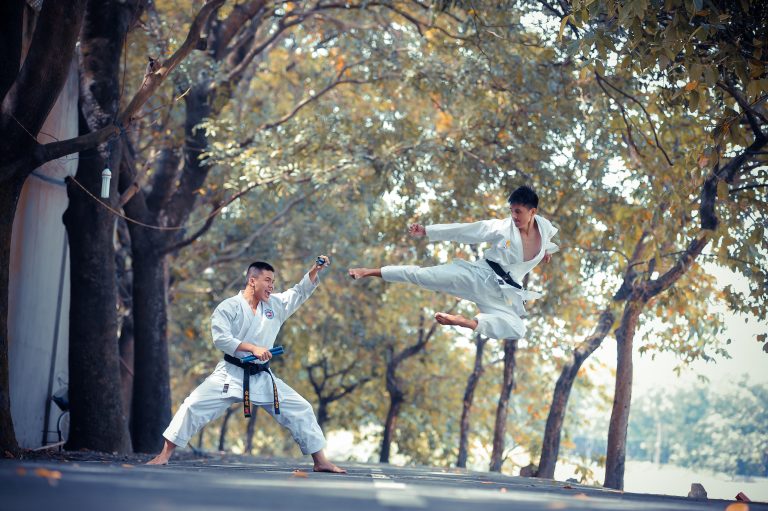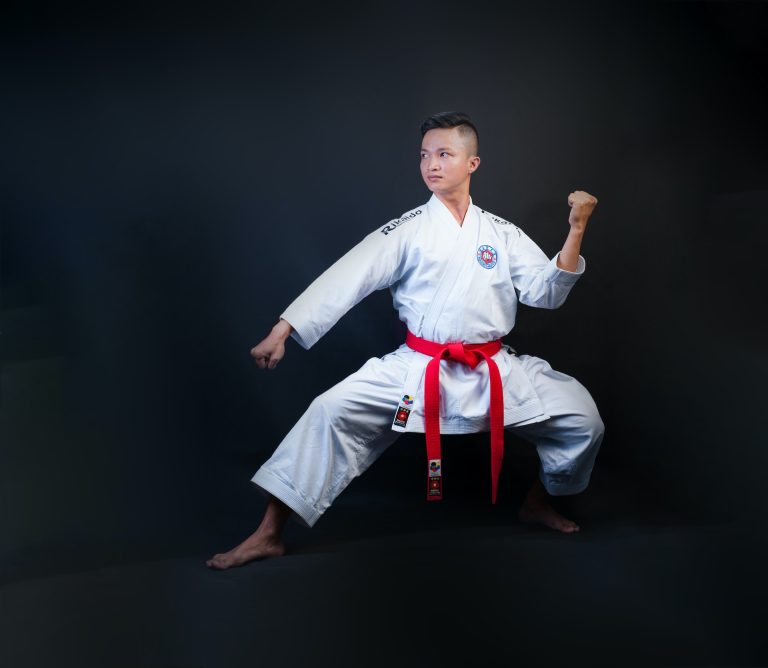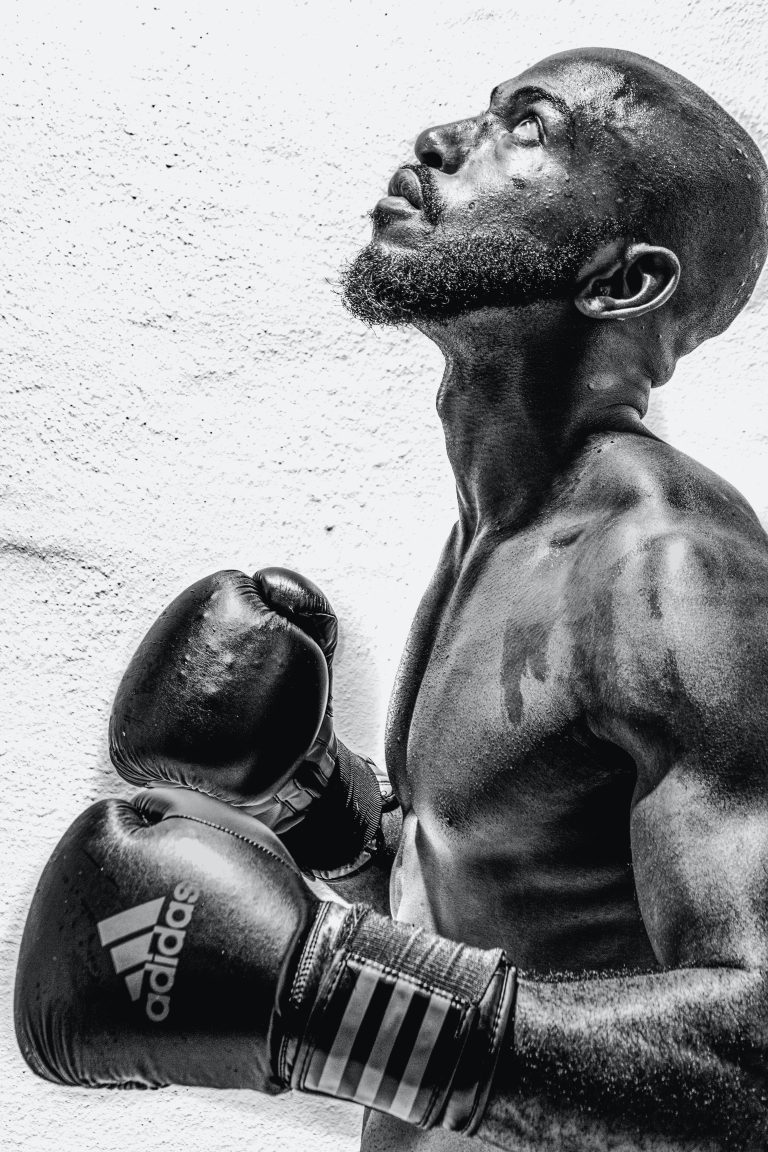The Different Types of Boxing Gloves and Their Uses
As a boxer, choosing the right gloves is one of the most essential decisions you’ll make. With numerous glove styles and brands available in the market, the decision can be overwhelming. The ideal glove style depends on the boxer’s fitness level and intended use, whether for sparring, bag work, or bouts. Here are the different types of gloves and their uses:
Training Gloves:
Training gloves are commonly used for bag work, shadow boxing, and sparring. They are typically heavier and more padded to offer better hand protection while training. Training gloves usually have thicker foam layers that provide better protection for the hands and wrists when used for sparring sessions. These gloves are available in sizes ranging from 12 to 18 ounces.
Sparring Gloves:
Sparring gloves are intended for serious sparring practice. They are designed with more significant padding to safeguard the opponent and enhance endurance. The gloves come in larger sizes, ranging from 18 to 20 ounces. The extra padding enables players to increase the force of the punches without the risk of injuring their sparring partners.
Bag Gloves:
Bag gloves are training gloves intended to be used with heavy punch bags. They come in smaller sizes than other boxing gloves because their padding is supposed to protect boxers’ knuckles against the hard surface of the bag. The gloves are less bulky, which makes them excellent for punching speed and accuracy. They usually weigh between 10 and 14 ounces.
Competition Gloves:
Competition gloves are authorized boxing gloves that boxers wear during bouts. They feature thinner padding than training gloves since they are not intended for training purposes but rather real fights. These gloves usually weigh between 8 to 10 ounces.
MMA Gloves:
MMA gloves are smaller and lighter than standard boxing gloves and offer better hand movement and greater striking precision. They typically have open fingers and wrists, which may take some time to get used to if you’re used to wearing boxing gloves. Additionally, MMA gloves are not designed to protect boxers’ hands and wrists as boxing gloves, and they may not be suitable for punching bags or sparring.
Conclusion:
In conclusion, choosing the right boxing gloves depends on the intended use and the individual boxer’s skill level. Before settling for a particular style, you should consider factors such as size, weight, durability, and protection. Always make sure you purchase gloves from reputable manufacturers to ensure you get high-quality gloves that offer adequate protection. With the right gloves, you’ll be able to focus more on improving your skills without worrying about injuries.
The Different Types of Boxing Gloves and Their Uses: FAQs
Boxing is an incredible sport that requires a lot of training, discipline and the right gear. One of the most essential pieces of equipment for boxers is their gloves. There are different types of boxing gloves, and choosing the right one can be challenging for both beginners and experienced boxers. In this blog post, we will answer the most frequently asked questions about the different types of boxing gloves and their uses to help you make an informed decision when buying a pair.
1. What are the different types of boxing gloves?
There are three main types of boxing gloves, and each has its unique purpose. These are:
a. Training Gloves:
Training gloves are the most commonly used boxing gloves. They come in different weights ranging from 8 oz to 18 oz and have additional padding to protect the boxer’s knuckles and wrists. Training gloves are used for bag work, mitt work, and sparring.
b. Sparring Gloves:
Sparring gloves have more padding than training gloves, making them ideal for sparring sessions. They come in various sizes and weights and are designed to protect both the boxer’s hands and the sparring partner from injury.
c. Competition Gloves:
Competition gloves are the smallest and lightest gloves and are used during boxing matches. They have minimal padding, which allows the boxer to deliver fast and powerful punches. Competition gloves come in weights ranging from 8 oz to 10 oz.
2. What should I consider when buying boxing gloves?
When buying boxing gloves, you should consider several factors, such as:
a. Size and weight:
Boxing gloves come in different sizes and weights, and choosing the right one is essential. The general rule is that the heavier the glove, the more padding it has, and the less impact it will have on your sparring partners, but the slower your punches become. Your weight will also determine the size of the gloves you need to buy. For example, if you weigh between 120 and 150 pounds, you should buy gloves weighing between 12 oz to 14 oz.
b. Material:
The material used to make the gloves affects their durability, comfort, and protection. Leather gloves are the most common as they are durable and provide excellent protection, but they can be expensive. Vinyl gloves, on the other hand, are cheaper and easier to maintain, but they are not as comfortable or durable as leather gloves.
c. Closure System:
Boxing gloves come with different closure systems such as lace-up or Velcro. Lace-up gloves provide a snug fit, but they are challenging to put on and remove without assistance. Velcro gloves are easier to use and ideal for training but do not provide the same level of support as lace-up gloves.
d. Brand:
When buying boxing gloves, you should also consider the brand. High-end brands such as Cleto Reyes, Winning, and Ringside make excellent quality gloves, but they can be expensive. Some lesser-known brands also make great gloves and are more affordable.
3. How often should I replace my boxing gloves?
The lifespan of boxing gloves varies depending on the type, frequency of use, and care. However, on average, you should replace your gloves after six months to a year of consistent use. When the gloves show signs of wear and tear or have lost their padding, it’s time to replace them.
4. Can I use the same gloves for sparring and bag work?
While it is tempting to use the same gloves for sparring and bag work, it is not recommended. Bag work gloves are designed to take punches without damaging your hand or wrist, whereas sparring gloves are designed to protect both yourself and your sparring partner from injury. Therefore, it is essential to use the appropriate gloves for each activity.
5. How do I take care of my boxing gloves?
Taking care of your boxing gloves is essential to ensure they last long and remain hygienic. Some tips on how to take care of your gloves include:
a. Air Drying:
After use, wipe off the sweat and moisture from your gloves and leave them to air dry in a well-ventilated place.
b. Using Glove Deodorizers:
Gloves tend to develop a bad odor over time due to sweat and bacteria. Glove deodorizers can help reduce the odor and keep your gloves fresh.
c. Avoiding Direct Sunlight:
Exposing your gloves to direct sunlight can damage the material and cause cracking. Therefore, store them in a cool, dry place.
d. Cleaning:
It is essential to clean your gloves regularly to prevent the buildup of bacteria that can cause skin infections. You can clean your gloves using mild soap and water, but avoid soaking them in water, as it can weaken the padding.
Conclusion
Boxing gloves are crucial for protection and performance. Choosing the right type of gloves can help you become a better boxer and prevent injuries. When buying gloves, consider your weight, glove size, material, closure system, and brand. Remember to replace your gloves after six months to a year and take care of them to make them last long. We hope this guide has helped you answer some of the most frequently asked questions about boxing gloves and their uses.
Inhaltsverzeichnis






